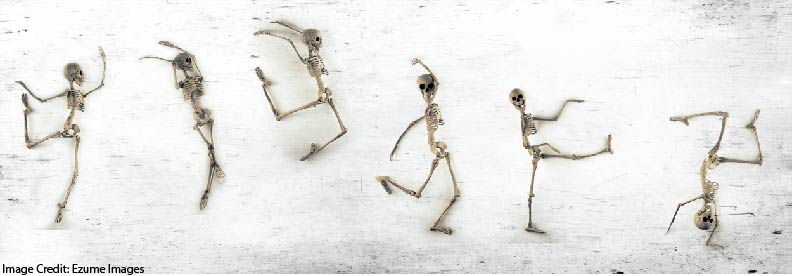
Back in early November, I wrote about a study seeming to contrast direct instruction with more constructivist approaches.
I argued that those labels simply didn’t apply to the actual teaching methodologies measured in the research.
So, the “inquiry and problem-based pedagogy” [IPP] used all sorts of direct instruction. Here’s the authors’ summary of that method; I’ve put some words in bold:
“When done well, IPP includes elements of explicit instruction and scaffolding.
Teachers facilitate learning by guiding students through a series of steps and explicitly relating learning to students’ prior knowledge and experiences.
Teachers guide learners through complex tasks with explicit instructions that are relevant to the problems at hand.
They provide structure and scaffolding that help students not only carry out specific activities, but also comprehend why they are doing those activities and how they are related to the set of core concepts they are exploring.”
So, as you can see “direct instruction” techniques are built into this method.
And, the method described as “traditional” seems to me an obvious straw man. Again, quoting from the research:
“Students copy facts about bone tissues and the names of 206 bones of the human skeleton that teachers have written on the blackboard into notebooks.”
I mean, seriously, who does that? Copies the names of 206 bones? Except for Charles Dickens’s Gradgrind — “facts, facts, facts!” — who would do such a thing?
Slice of Pie
I was discussing this study with a friend recently, and it turns out: her college professor would do such a thing. Right here in Massachusetts — home of the very first Learning and the Brain conference! — her vertebrate anatomy professor put up slides of skeletons and labeled all the bones.
Slide after slide after slide. After slide. (Apparently he interspersed them with funny stories, just to keep the students awake. In my friend’s telling: his students remembered the stories, but not the anatomy.)
Except for the funny stories, Gradgrind would be proud indeed.
In any case, it’s clear that this “traditional” method is NOT a straw man, and at least one professor seems to think it a good idea.
So, to be clear: I do think asking students to memorize some core facts is not only plausible but beneficial. Without essential information in long-term memory, working memory will be overloaded by too much external information.
But: I can’t think of any research-based argument for an entire class — much less an entire course! — devoted to listing bones. That’s not direct instruction. That’s purgatory.
Two Core Points
Point from November’s post: as I wrote back in November, we can’t use this research to champion a pure constructivist approach to learning, because IPP includes lots o’ direct instruction.
Point from today’s post: “direct instruction” does not mean “presenting unbroken lists of facts, and then calling for them to be repeated.” Even if that really happens [shudder], that’s a profound misunderstanding of research and terminology.
“Direct instruction” does mean introducing enough factual or conceptual information to allow students to work thoughtfully — and increasingly independently — on a well-scaffolded series of problems.
Of course, this definition can be expanded and formalized. But: whatever you call “copy the names of 206 bones,” please don’t call it direct instruction.





